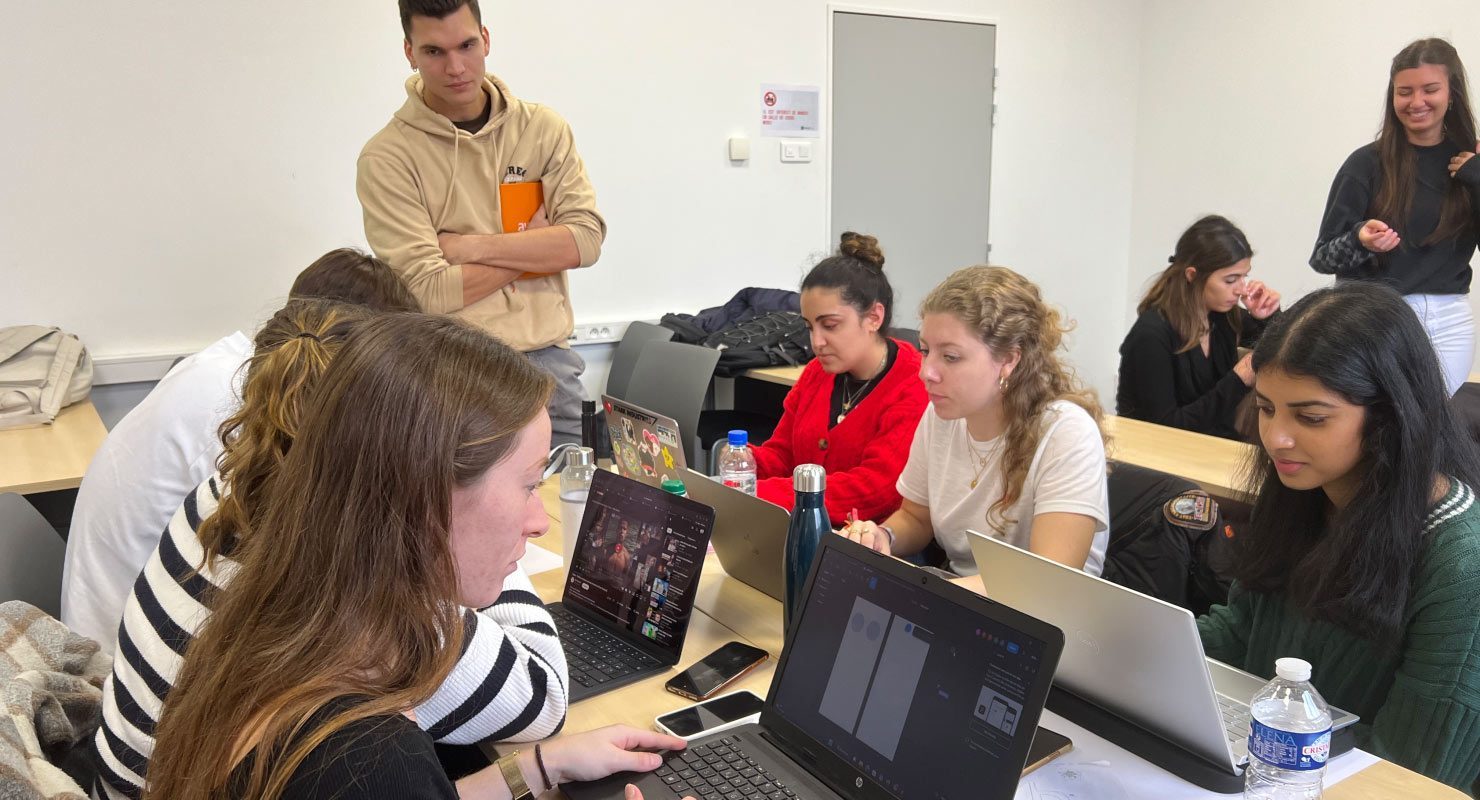How do you learn with a hackathon?
Students in the 5th year of the Product Engineering & Innovation major’s engineering program had the opportunity to apply their acquired knowledge during a hackathon. The goal is to create in 3 days, their startups in the field of Street Tech
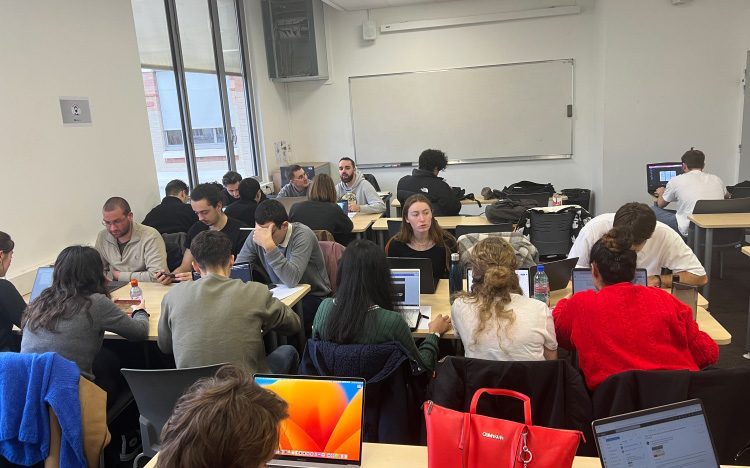
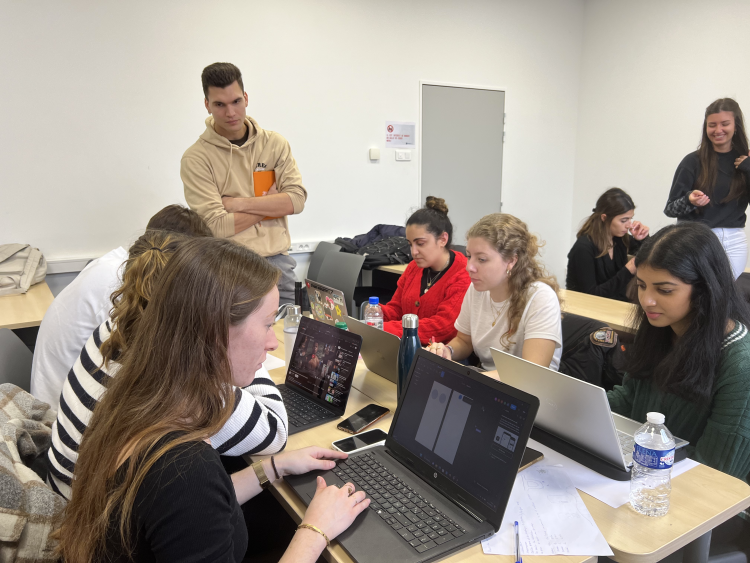
How does a hackathon at ECE work?
On the program:
Ideation: on the first day, students brainstorm a problem and solutions to address it.
Realization: on the second day, future engineers are tasked with turning their solutions into reality by proposing a minimum viable product (MVP).
Pitch to a panel of potential investors: on the final day, students pitch their final solutions to a panel of judges, who award a prize to the best team.
What’s the added value of a hackathon?
ECE promotes project-based learning, enabling students to acquire teamwork skills. What’s more, the hackathon puts them in a professional situation, a way for them to apply the technical notions they’ve learned in class.

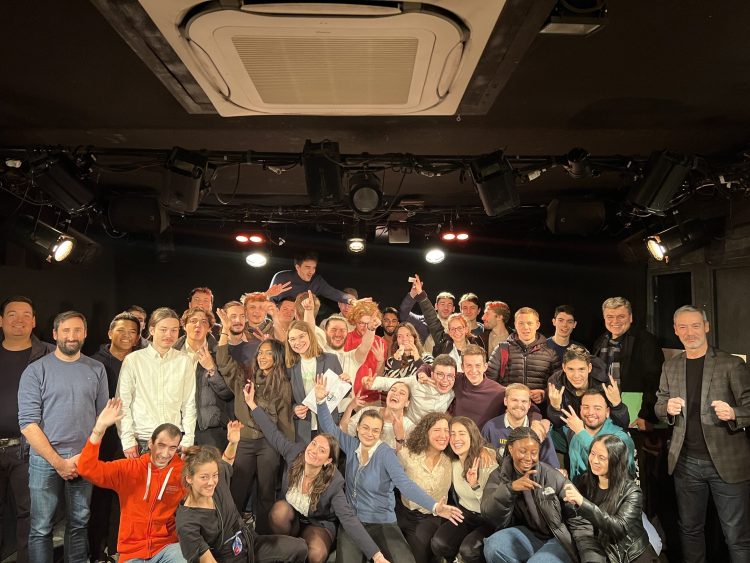
How to present a project at an ECE hackathon?
Our students have to pitch their final project to a jury at the Théo theater. They have to be eloquent and persuasive to win first place. What’s more, they don’t have any supports during this presentation, which makes it a little tougher. This exercise enables them to develop oral fluency that will serve them throughout their lives.
Hackathon prizes :
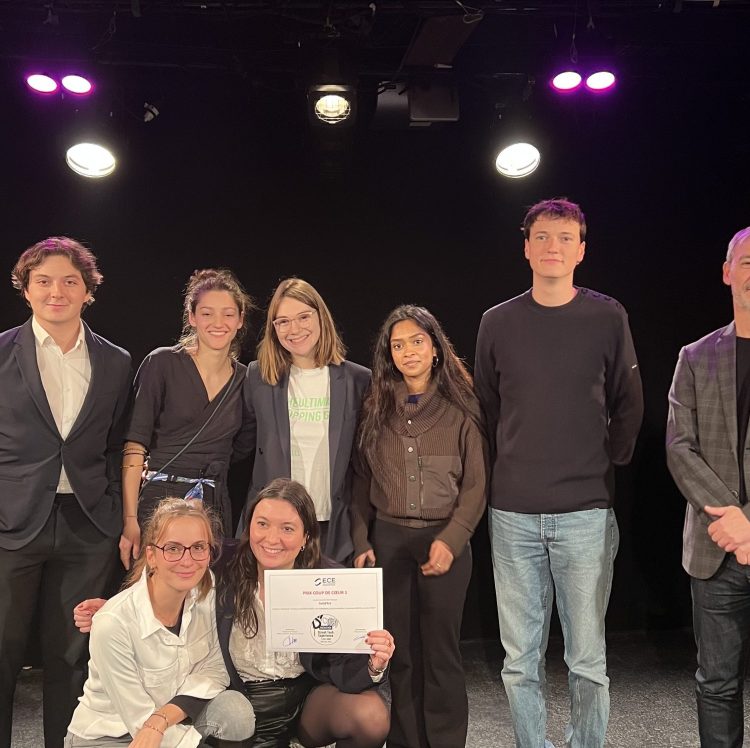
Coup de cœur prize: SOLID’ART
An application to help street artists promote themselves and develop their business.
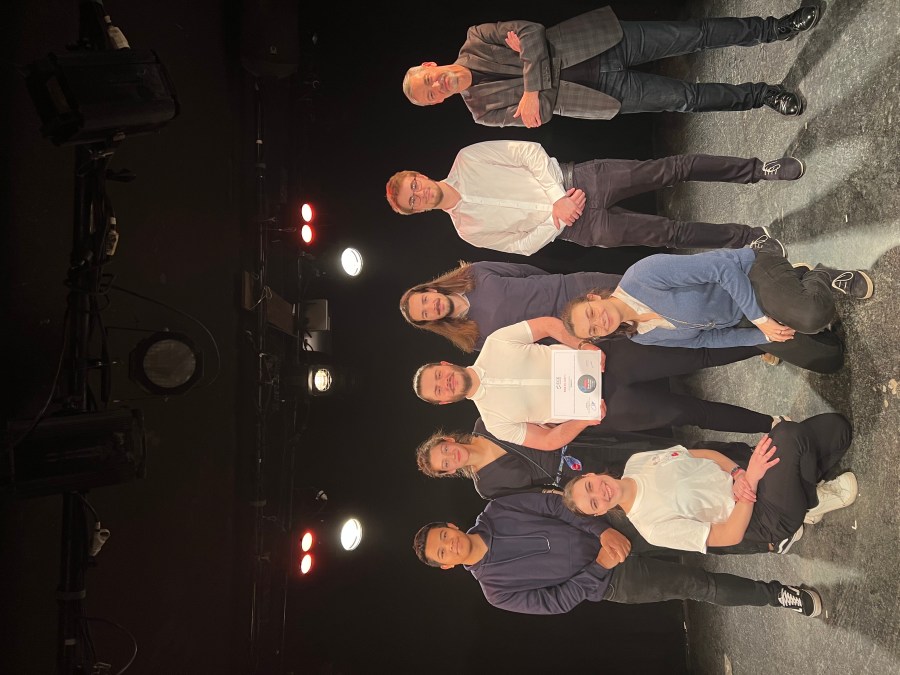
Jury Prize: SKYGUARD
A fleet of drones to complement home security systems, designed to spot and track burglars.
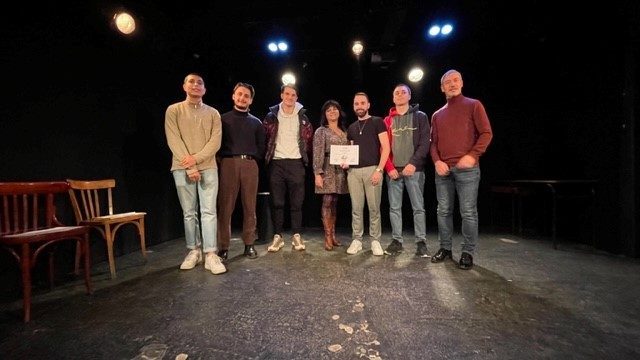
Favourite prize: 7 ARTS
An augmented cultural exhibition service to discover and better understand the 7 arts.
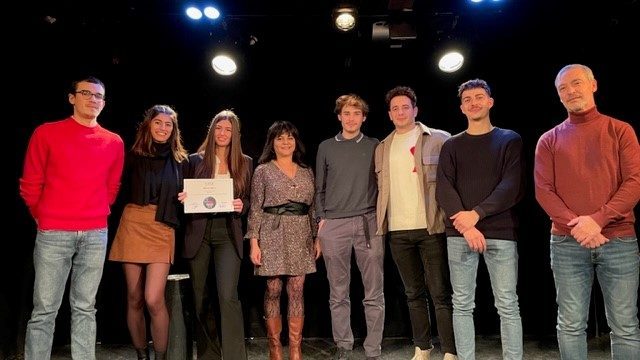
Jury Prize: BELP’OÙ
An application to locate garbage cans according to their use (recyclable, glass, clothing, etc.) and indicate which ones need attention.


